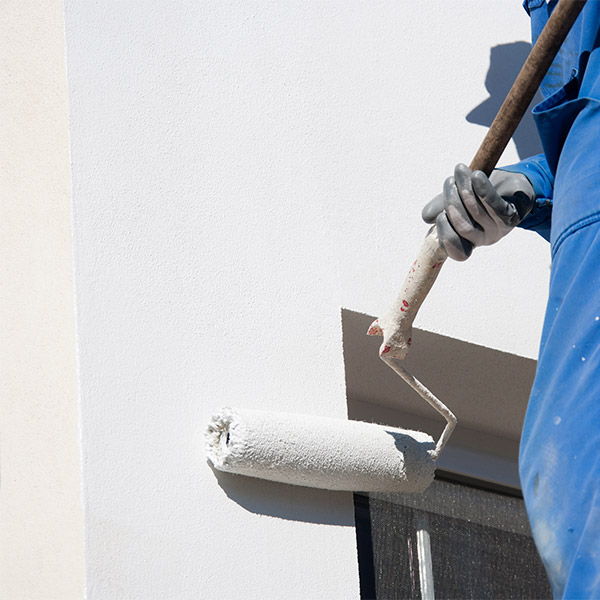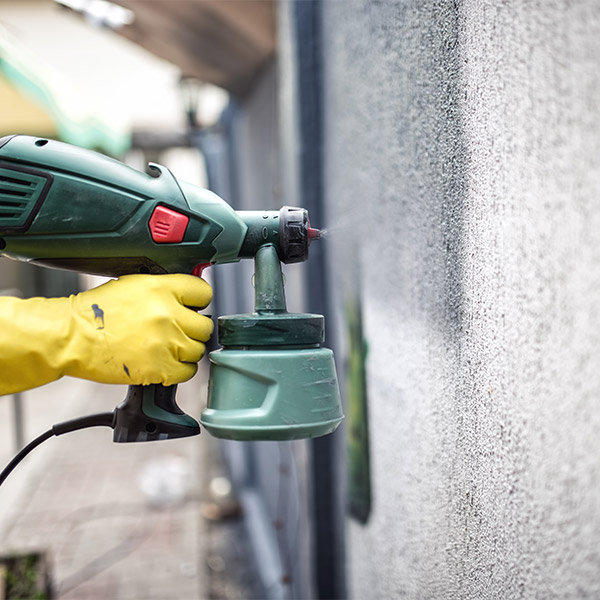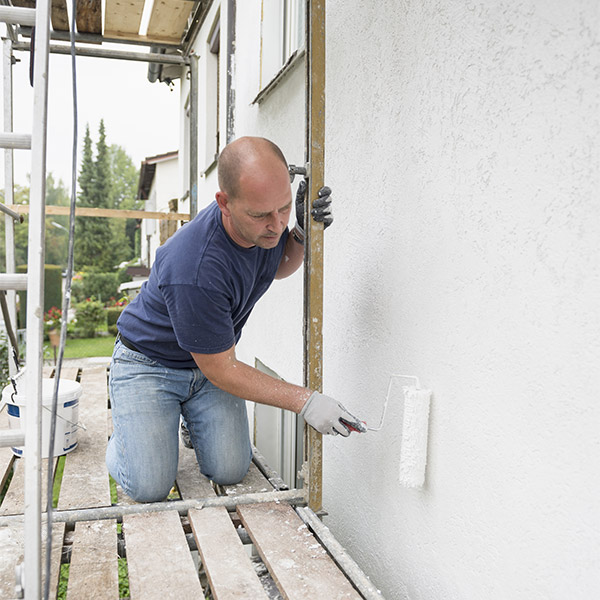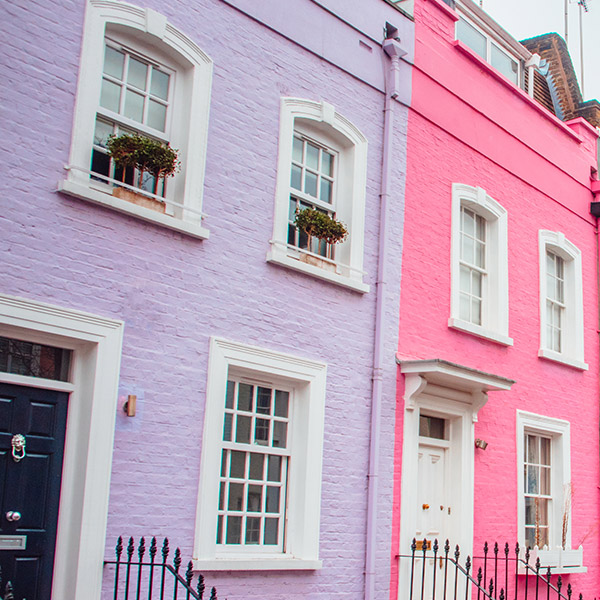Find an external wall painter
This page has everything you’ll need to know about finding and hiring a local exterior painter.
Post your job for free. Read reviews, get quotes, and see tips on hiring the right person.
Browse External Wall Painting specialists
Take a look at our External Wall Painting specialists profiles, read reviews and request quotes directly.
External wall painting contractors – Rated People
Looking for a quick and affordable way of refreshing your house’s exterior? A fresh coat of paint can work wonders in revitalising your house’s appearance, improving curb appeal and adding value to your home.
Whilst painting may seem like a DIY task, exterior walls can be tricky. Not only is it difficult to do a thorough job without the use of scaffolding, the walls will also need a lot of expert preparation to achieve a neat and long-lasting finish.
External painting is best undertaken during the summer months so that paint can dry quicker and to avoid moisture penetrating the walls.
Which paint is suitable for my property?
Exterior wall paint doesn’t come in one size to fit all. The type of paint suitable for your property will depend on the age of your house, wall surface type, and whether it’s been painted before.
Houses with cavity walls
Newer houses built after 1920 usually have cavity walls. Cavity walls can be painted with standard water-based masonry paint, mineral-based paint or eco paint.
Standard water-based paints are the most affordable option and are suitable for houses with walls that are in good, dry condition. Mineral-based paints are more expensive but contain a binder that creates a long-lasting finish. Eco paints are best for the environment and have very low or zero volume of volatile organic compounds.
Good quality paint should be weatherproof and contain a fungicide to prevent the growth of algae, moss and mould.

Houses with solid walls
Older properties built pre-1920s often have solid walls which should only be painted with a high quality breathable paint like Dulux Weathershield or Sandtex to prevent damp getting trapped in the walls.
If your house has lime rendered walls it’s advisable to stick with a breathable limewash only.
A professional painter and decorator will be able to guide you through which paint or finish is most suited to your property type.
Benefits of painting your house’s external walls
As well as the obvious aesthetic benefits, a new layer of paint will also help to protect your walls from the elements. This improves their longevity and reduces the need for repairs later down the line.
Will scaffolding be required?
Painting the exterior of a house is a time-consuming job, and not one that should be attempted using a ladder only. If full scaffolding is required, it can significantly bump up the price of the job. However, many painters and decorators now use lightweight access towers that can be set up very quickly, eliminating the need for scaffolding.
Ask your painter what access equipment they plan to use and whether they have included the cost of this in their quote.

What’s involved in the job?
Depending on the size of your property, the weather, and the condition of your walls, external wall painting usually takes 2 to 4 days to complete.
See below a brief outline of the steps your painter will take to complete your job.
- Set up access equipment.
- Remove flaking paint.
- Brush dirt off the walls.
- Wash dirt, mould, moss or algae from walls.
- Make any necessary repairs.
- Allow the walls to dry.
- Apply a stabilising primer.
- Apply first coat of paint and allow to dry.
- Apply second coat of paint and allow to dry.
- Apply any further coats necessary.
- Remove access equipment.
Cost of external wall painting
The average cost of having all external walls painted on a semi-detached house usually falls somewhere between £900 and £1500.
The price will be dependent on factors including:
- Size and type of property.
- Condition of the walls/whether any repair work is needed.
- Whether the price of scaffolding is included in the quote.
- Number of coats required.
- Type of paint being used.
- Surface being painted (pebble dash is more expensive).
- Your location.
The qualifications your tradesperson needs
Although no formal qualifications are required to be a painter and decorator, there are certificates and courses that can be taken that show a commitment to providing a high standard of service. These include the Painting and Decorating Diploma, levels 1 to 3 and short courses offered by product manufacturers.
Check with your tradesperson if they have any trade qualifications and whether they’re members of the Painting and Decorating Association (PDA).
Members of the PDA must stick to a code of practice that demonstrates commitment to professional, quality workmanship and fair practice.
Planning permission for external wall painting
There’s no need to apply for planning permission when painting the exterior of your house. However, if you live in a listed building you’ll need to apply for listed building consent.
Insurance for external wall painters
It’s very important that your tradesperson has public liability insurance at minimum. Although unlikely, if there were to be any accidental damage to your house whilst the work was being carried out, public liability insurance would pay for the damage.
Questions you should ask your external wall painter
- Will full scaffolding be used and is this included in the quote?
- Do they have any trade qualifications?
- Are they members of the PDA?
- Do they have public liability insurance?
- What type and brand of paint will be used?
- Is the work guaranteed and if so what are the terms of the guarantee?
Get our app for homeowners
- Send messages and get notifications from tradespeople
- Add photos to get more accurate quotes
- View tradespeople's profiles